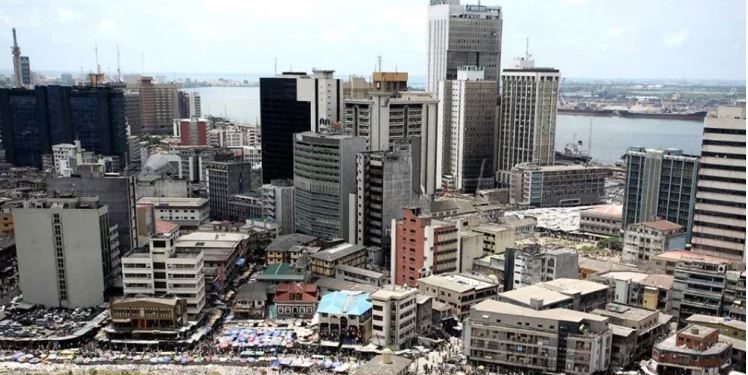In December, data from FMDQ revealed a 4.0% month-on-month decline in total inflows into Nigeria’s Autonomous Foreign Exchange Market (NAFEM), reaching USD1.37 billion (November: USD1.43 billion). The dip was broad-based, with local and foreign sources experiencing decreases of 2.6% and 9.9% m/m, respectively. Weaker inflows from Exporters (-15.4% m/m) offset substantial increases in Individuals’ inflows (+1678.6% m/m), while cautious foreign investors contributed to the decline in foreign source inflows.
Average total inflow into the NAFEM window stood at USD1.17 billion, signaling ongoing challenges in FX liquidity conditions. The report anticipates persistently frail FX liquidity in the near term, attributed to a slowdown in FX reform momentum. Although subdued foreign inflows are expected in the short term due to investor caution, the medium-term outlook is more optimistic. Factors contributing to this optimism include expected FX inflows as guided by authorities and recent actions by the Central Bank of Nigeria (CBN) to address FX backlogs.
On the debt front, the Debt Management Office (DMO) reported a marginal 0.6% quarter-on-quarter increase in Nigeria’s public debt stock to NGN87.91 trillion in Q3-23 (Q2-23: NGN87.38 trillion). The rise was driven by a 3.3% q/q increase in domestic debt stock to NGN55.93 trillion, reflecting new borrowings to support government expenditures amid revenue challenges. Conversely, the total external debt stock declined by 3.8% q/q to NGN31.98 trillion due to Eurobond redemption and repayment of the IMF loan obtained in 2020 during the Covid-19 pandemic.
Looking ahead, expectations from economy watchers suggest a shift towards emphasizing domestic sources to limit reliance on external borrowings. The public debt outstanding is anticipated to settle at NGN90.49 trillion (or 43.1% of GDP) in 2023, driven by local currency depreciation and increased borrowing to fund the 2024 budget deficit, compared to NGN46.25 trillion (23.2% of GDP) in 2022.















